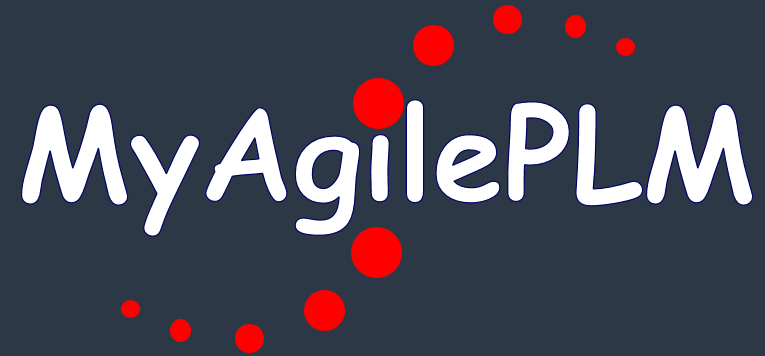When should I use Stop Ship and Deviation changes?
Hi all,
I’m looking for some clarification of where Stop Ships and Deviations changes fit in product development process.
Both seems very similar to me and the only editable fields in Affected items tab, from out-of-the-box, are Revision and Mass.
If you let Revision blank, the change will take effect on the last revision available, so it’s the default behavior. But what happens when I change the Mass field? It doesn’t actually change the Item.Cover Page.Mass attribute value.
My Best
Carlos
So far as I know, neither has a defined purpose in the development process per se, certainly not at first. But since Agile is used to track the full life-cycle of products, both are there to allow such things to be documented at a minimum, and so that issues, investigations, conclusions and fixes can be reviewed and approved. Deviations track when a product can not be manufactured according to the defined process. Stop Ships track when an issue is identified such that production MUST be stopped until the issue is resolved. It would be rare to see either of these during the development process, but they are often seen during the pilot, production and obsolescence phases for a product.
So far as the Affected Item attributes, neither Deviations or Stop Ships are intended to alter the revision for the part (if that is needed, you create an ECO and then link the Deviation and/or Stop Ship to it). No idea why Mass is in the Affected Items tab separate from the actual part information, or why it is editable.
Carlos,
To add a bit to what #KevinCummings has relayed. The deviation is used to account for and track any deviation to standard practice whether it be process or parts related. This is really something akin to the waiver and is mostly used to track something that did happen or something that is about to happen where someone needs to cover their bases with approval and communication.
Stop ship is similar… allows you to track perhaps lots or SNs that need to be held and NOT shipped out. Again, this is mostly a method to get approvals and communication.
I wish to add some more points to deviation.
As far as i know deviation is to replace some objects for limited period of time.
For example if CE founds an part from A company as fault but that part is an must component to fulfill BOM structure.
So CE will replace that part with an equivalent part from B company to complete the BOM structure its for an limited period of time and start manufacturing.
All deviation should have an “effective to” attribute , so that new part from company B will replaced with company A once the effective date got over.
Regards,
Ganesh
For Effective Deviation Management, Be it part deviation, product deviation, process deviation, manufacturer deviation, manufacturer part deviation, supplier deviation.
It is nothing but sending notification for temporary change. Deviation is applied either for specific period or Quantity. Unfortunately, Agile PLM does not have ability to alter BOM. however, Deviation notification is sent to EMS provides or Outsource collaboration partner or Manufacturing facility. So that validated temporary change is implemented to avoid SLA breach or mitigate risk.
Design Engineering Validation team uses deviation as part of risk management approach. Couple of preparatory worked required for deviation management for implementing effectively.
Keep FMEA, 8D process in place.
At part level, Alternates and Substitution definition.
Part level qualification, Product level qualification process.
At MFR part level- Qualification, Supplier quality process.
For Manufacturing, Work instructions, DFM data is to be in place. It Depends whether client is having in-house or Outsourced manufacturing/ collaboration processes for tracking
When it comes to Stop shipment/ Stop build. This is primarily used for project driven manufacturing having Lot and Serial control traceability. Effectively, when supplier supplied components and manufacturer supplier components have change in quality or shipment.
